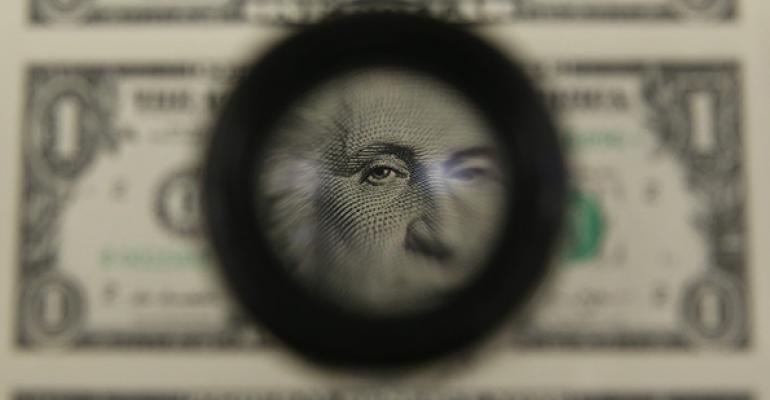(Reuters) - Sections of the U.S. financial system that may be vulnerable to investor panic are raising concerns inside the Federal Reserve, as policymakers preparing for the first interest-rate hike in nearly a decade seek to ensure that the market is ready and able to handle it whenever it happens.
The Fed is particularly worried about whether the booming asset management industry can withstand a run of redemptions in a financial crisis.
Chief among the Fed's concerns, increasingly voiced in public remarks, is that certain funds held by individuals and institutions will not have the underlying assets sufficient to back investors cashing out in a panic. The lack of liquidity would expose investors and the economy to sharp price swings.
Bond inventories at primary dealers have plunged due to bank regulations. The amount of Treasury securities in circulation also has dropped after the Fed's three rounds of bond purchases.
The fall in liquidity across portions of the bond market comes amid a jump in volatility, making it more important for Fed officials to telegraph their tightening plans well ahead of time.
The Fed's nightmare scenario is in surprising markets, exposing investors to the liquidity risks it fears, and causing a spike in borrowing costs that hurts economic growth.
"Some open-ended mutual funds offer daily withdrawal privileges but invest in assets that take longer to sell and settle," Fed Vice Chair Stanley Fischer said in a speech last month. Fed Governor Daniel Tarullo and Atlanta Fed President Dennis Lockhart have offered similar warnings about liquidity in the last few months.
Asset managers have said they are systemically safe. But Fed officials have noted a surge in asset management inflows and concentration. One example is fixed income exchange-traded-fund assets, which reached $246 billion in 2013 from their inception in 2002, according to Greenwich Associates.
New York Fed President William Dudley has warned that investors are less inclined to hold liquid assets as memories of the 2008 crisis fade.
The Fed could slow or delay rate hikes "if financial conditions were to tighten a lot," Dudley said this week. Still, the Fed will be as clear as possible. "I'll be very surprised if, whenever normalization occurs, it will be a big surprise to anyone - if we're doing our job properly," he added.
Tantrum Worries
The Fed has kept interest rates near zero since Dec. 2008 and embarked on three rounds of large scale bond purchases to stimulate the U.S. economic recovery following the 2007-9 financial crisis.
While the Fed could hike rates in June, the economy's weak winter performance has pushed expectations of a hike more toward September. Futures traders are betting on a move as late as December.
That disconnect sets up a potential collision if the central bank hikes faster than expected, a collision that could send ripples across the asset management industry.
"Part of what's going on is (investors are) not being convinced that we're going to raise interest rates," Loretta Mester, president of the Cleveland Fed, told economists last week.
Bond markets are still susceptible to another "taper tantrum" such as the one that happened in 2013 when then Fed Chairman Ben Bernanke caught investors off guard by suggesting the central bank could trim bond purchases earlier than the market expected.
Deutsche Bank pointed out in an April note that the volume of primary transactions in the Treasury market has dropped relative to the overall scale of the notes held by the public, though it also said the bank does not see "broad market impairment."
"But liquid markets could quickly turn illiquid in response to a shift in Fed policy or some other shock, which could amplify any adverse market response, as occurred during the taper tantrum," according to the note.
(Reporting by Michael Flaherty and Jonathan Spicer; Editing by David Gregorio)






